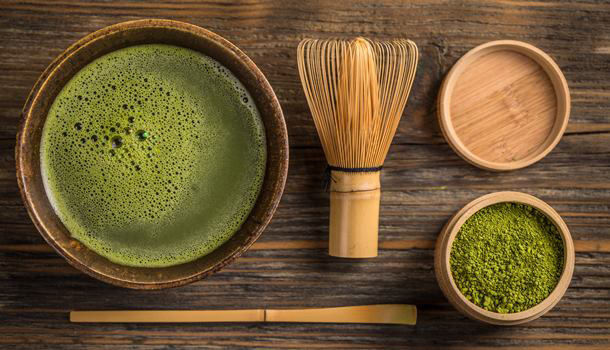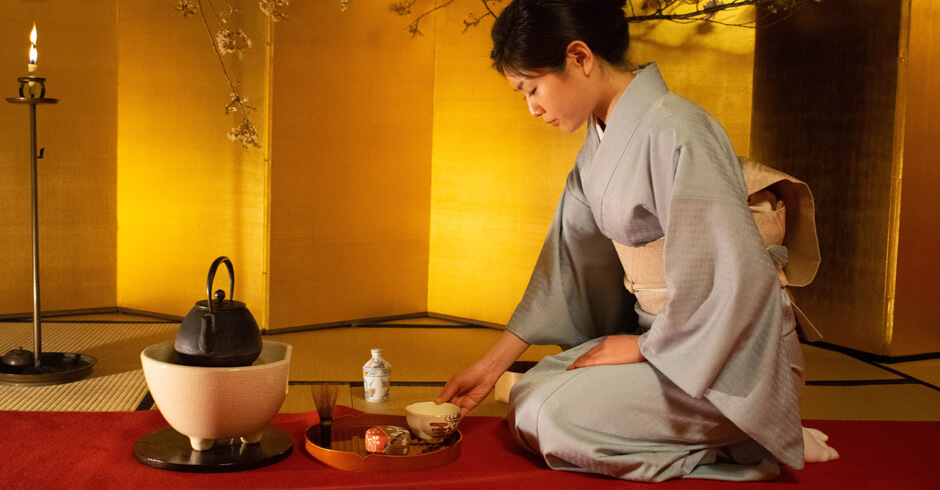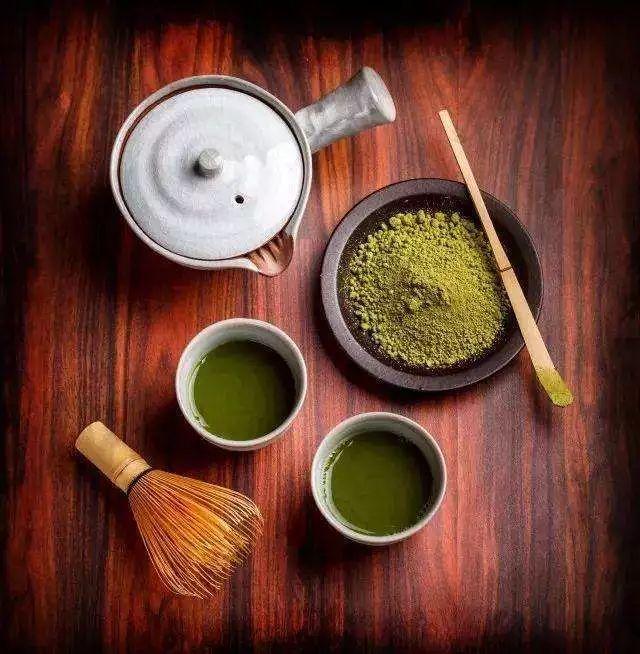The nutritional value, efficacy and function of matcha the correct edible method of mixing matcha powder without particles
Equipment that needs to be prepared
Tea bowl
Camellia sinensis
Tea ladle
Tea towel
Tea box

The preparation steps of matcha
When making traditional matcha, use tea bowls, tea pots and tea ladles and follow the following steps:
Preheat the tea bowl with boiling water to awaken the cells, aroma and taste of the tea powder in the bowl and make the tea set more moist.
Pour out the water and dry the bowl with a clean cloth.
Scoop 2 grams of matcha powder (1 scoop 4 teaspoons per 6-8 ounces of water) and add about 1 cup of hot water.
Hold the bowl tightly with one hand and stir from left to right to form foam. Stir matcha fully and break small pieces of matcha with the tip of the blender. This ensures the best taste and smooth and creamy texture.
Put the tea pot in the middle of the foam, let the liquid flow out, and then gently take it out.
Health benefits
One of the reasons why matcha green tea is popular is its wide range of health benefits. Matcha seems to be good for everyone, from teeth to weight loss.
This is largely because matcha green tea is basically ground into fine powder, resulting in higher levels of polyphenols, flavonoids, catechins and amino acids than ordinary green tea.
Pick up a cup of tea, sit down and enjoy the benefits of this pile of matcha green tea:
1. Prevention of cancer
Green tea contains the powerful antioxidant catechin-the strongest catechin in green tea is EGCG (epigallocatechin gallate), which may have many potential benefits.
In a 2012 study at the University of Chicago (University of Chicago), researchers found that EGCG in green tea may have anti-cancer effects.
According to a 2014 review in the World Journal of Clinical Oncology (World Journal of Clinical Oncology), green tea extract may help treat breast cancer. Canadian scientists have found similar benefits in the treatment of breast cancer from their own meta-analysis.
Scientists from Louisiana State University have found that simple treatment with EGCG can significantly lower serum markers such as PSA, VGF and VEGF, which can predict the progression of prostate cancer.
In 2012, Taiwanese researchers even found that drinking at least one cup of green tea a day can reduce the risk of lung cancer in smokers.
British researchers have even found that EGCG in green tea may have an anti-AIDS effect.

two。 Reduce the risk of heart disease
Spanish researchers reviewed several studies and concluded that green tea and its flavonoids and catechins can reduce cholesterol absorption and plasma levels, reduce platelet aggregation and lower blood pressure.
Antioxidants in green tea may help prevent the oxidation of LDL (bad) cholesterol, increase HDL (good) cholesterol, and improve arterial function, a study from Harvard Medical School has found.
In a six-year prospective study of 14001 elderly Japanese in the Annual report of Epidemiology (Annals of Epidemiology), the researchers found that drinking green tea was significantly associated with a significant reduction in cardiovascular mortality.
3. Lose weight
A study in the American Journal of Clinical Nutrition (American Journal of Clinical Nutrition) found that green tea extract significantly increased the body's energy consumption (the body's ability to burn calories) and fat oxidation. German researchers also found that EGCG in green tea increases fat oxidation and helps reduce body fat and BMI.
A 12-week study also found that people who drank green tea extract (with high catechin content) lost significantly more weight, fat and waistline than those who drank low-catechin tea.
4. Improve oral health
A 2009 study by the American periodontal Association (American Academy of Periodontology) showed that the antioxidant catechin in green tea can reduce periodontal disease and improve oral health.
5. Refreshing
Matcha is rich in l-theanine, an amino acid that may be associated with relaxation and vigilance of brain function. For example, Dutch researchers say l-theanine in green tea can increase alpha activity in the brain, thereby increasing mental alertness and attention. As a cognitive enhancer, theanine can also improve memory and learning-it may be exactly what you need the next time you learn or remember something important!
A 2011 study showed that EGCG (and other flavonoids) in green tea may play a role in reducing Alzheimer's disease.

6. Relieve stress
In 2007, Japanese researchers found that l-theanine in green tea can reduce the physiological and psychological stress response of the sympathetic nervous system. In 1999, researchers also found that the same amino acids in green tea significantly relaxed the mind without causing drowsiness.
7. Anti-inflammation
In 2013, a study from the University of Toledo (University of Toledo) showed that ECGC in matcha green tea helps fight inflammation caused by rheumatoid arthritis.
8. Burning fat
In a 10-week study, Japanese researchers found that supplementing green tea extract increased exercise endurance by 8% to 24% by increasing the body's use of fat as an energy source.
Important Notice :
前街咖啡 FrontStreet Coffee has moved to new addredd:
FrontStreet Coffee Address: 315,Donghua East Road,GuangZhou
Tel:020 38364473
- Prev

What is matcha powder made of? a step course on how to make matcha green tea powder at home.
Of the thousands of teas in existence, none can match matcha green tea, which is smooth, delicious, rich in taste, and has all those wonderful health benefits. But before you sip this delightful tea again, take a minute to learn more about this unique drink that was once available only to Japanese aristocrats. We will introduce it in detail.
- Next

The difference between soft water and hard water in making tea Why is the effect of hard water on tea soup turbid?
A cup of hot tea or a cup of iced tea (without ice) contains on average only 1% of the tea solids and more than 99% of the water. If your water quality is poor, it may leave a bad taste and affect the experience of drinking tea. As we all know, soft water is a more suitable water for making tea. The hardness of water is calculated by converting the total amount of calcium and magnesium in the water into calcium carbonate. For example, if a bucket of water contains 1 mm
Related
- Beginners will see the "Coffee pull flower" guide!
- What is the difference between ice blog purified milk and ordinary milk coffee?
- Why is the Philippines the largest producer of crops in Liberia?
- For coffee extraction, should the fine powder be retained?
- How does extracted espresso fill pressed powder? How much strength does it take to press the powder?
- How to make jasmine cold extract coffee? Is the jasmine + latte good?
- Will this little toy really make the coffee taste better? How does Lily Drip affect coffee extraction?
- Will the action of slapping the filter cup also affect coffee extraction?
- What's the difference between powder-to-water ratio and powder-to-liquid ratio?
- What is the Ethiopian local species? What does it have to do with Heirloom native species?

